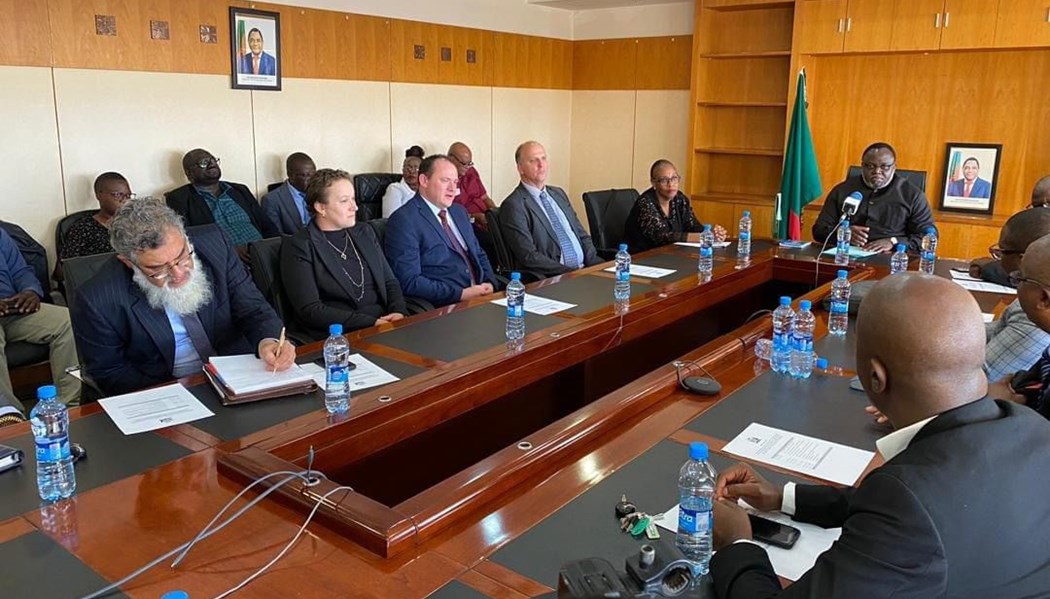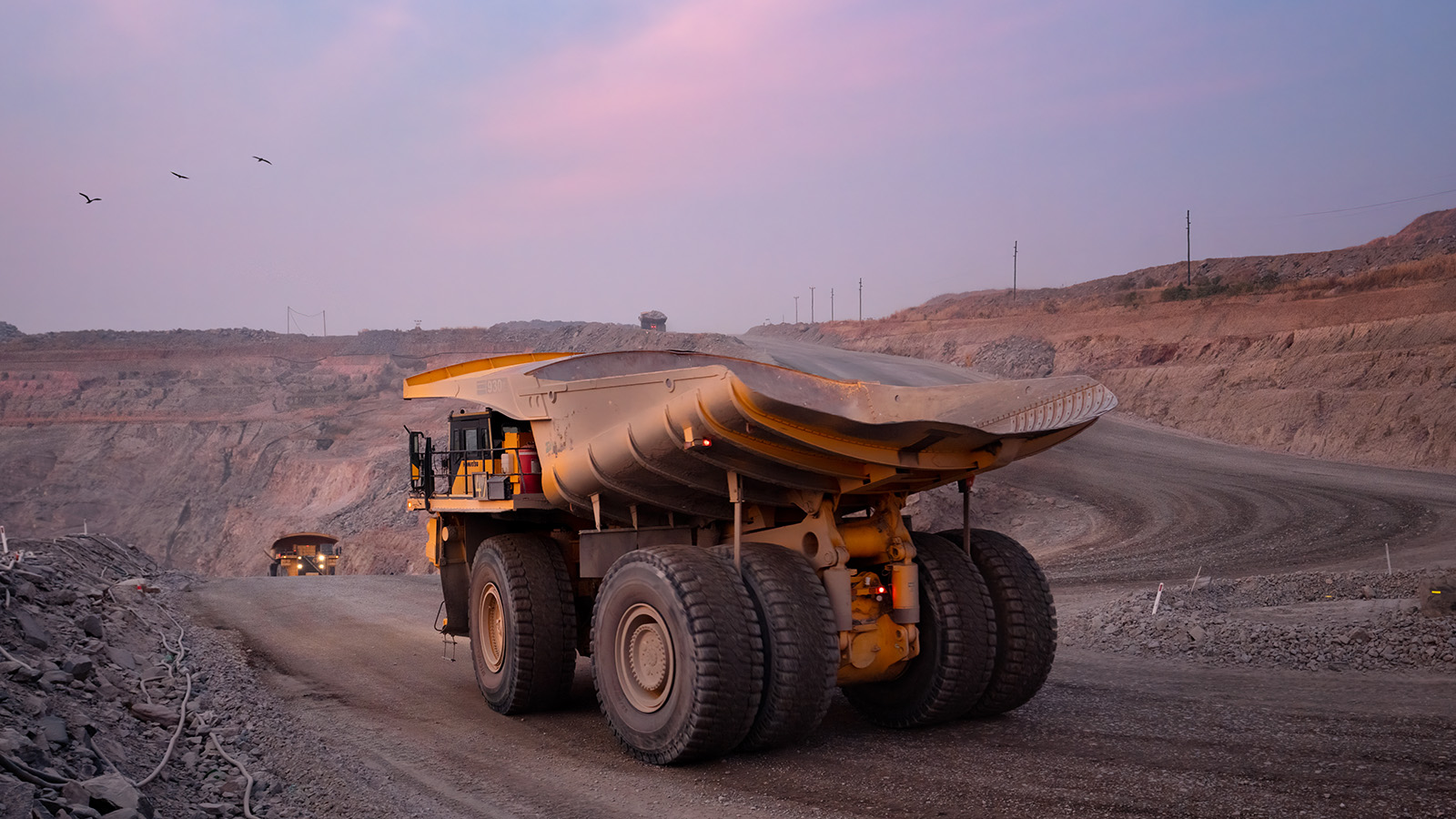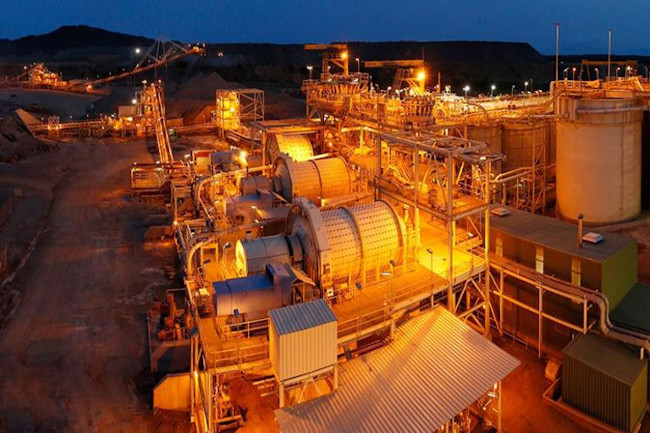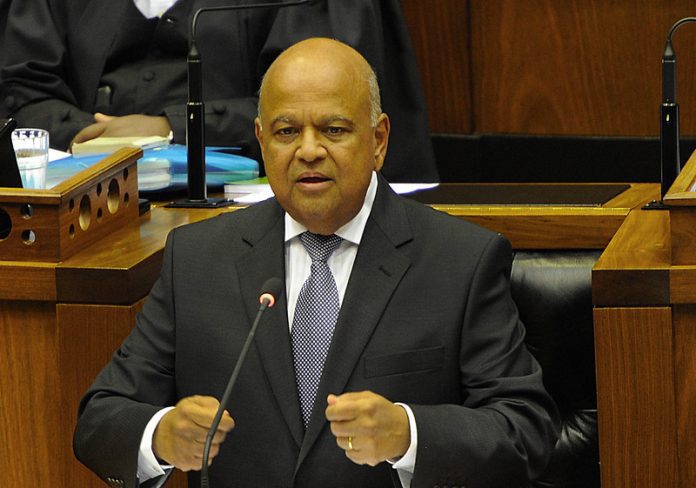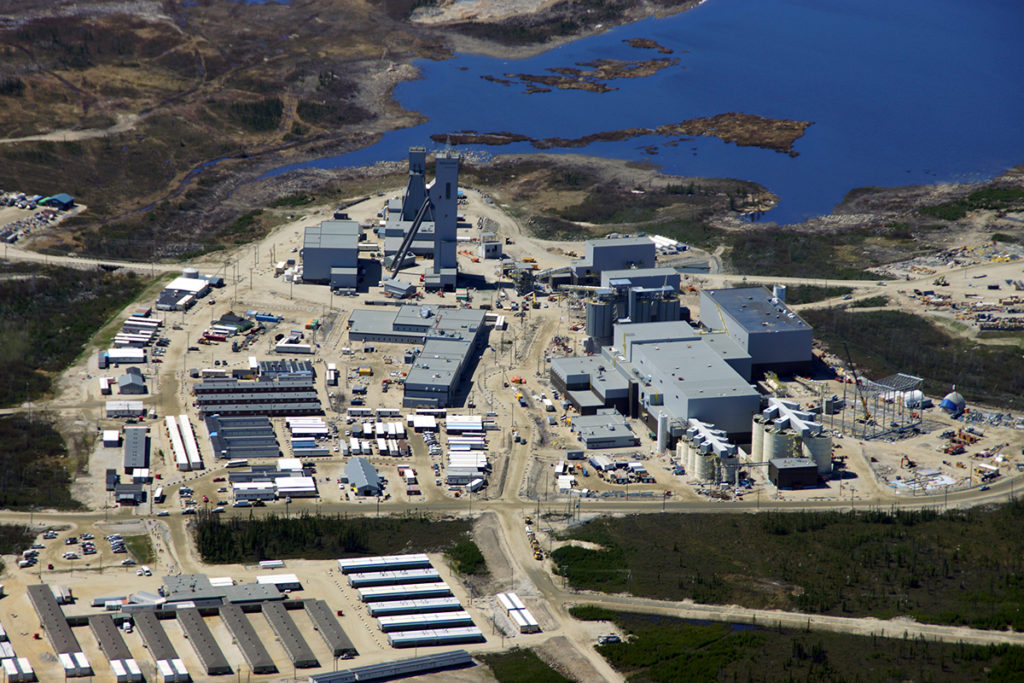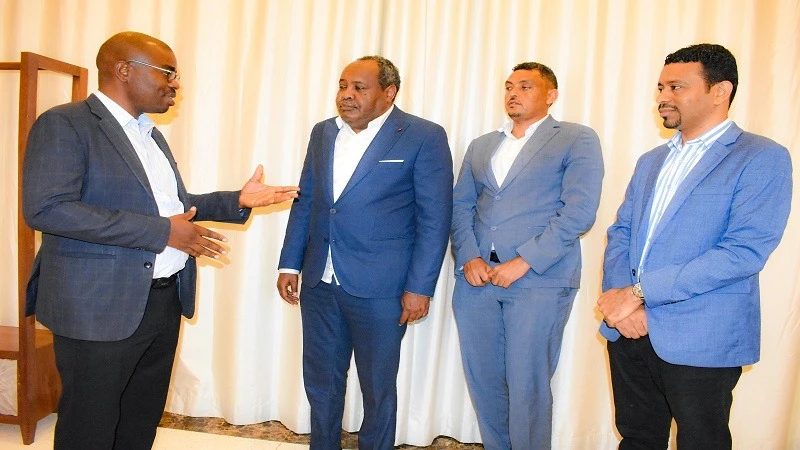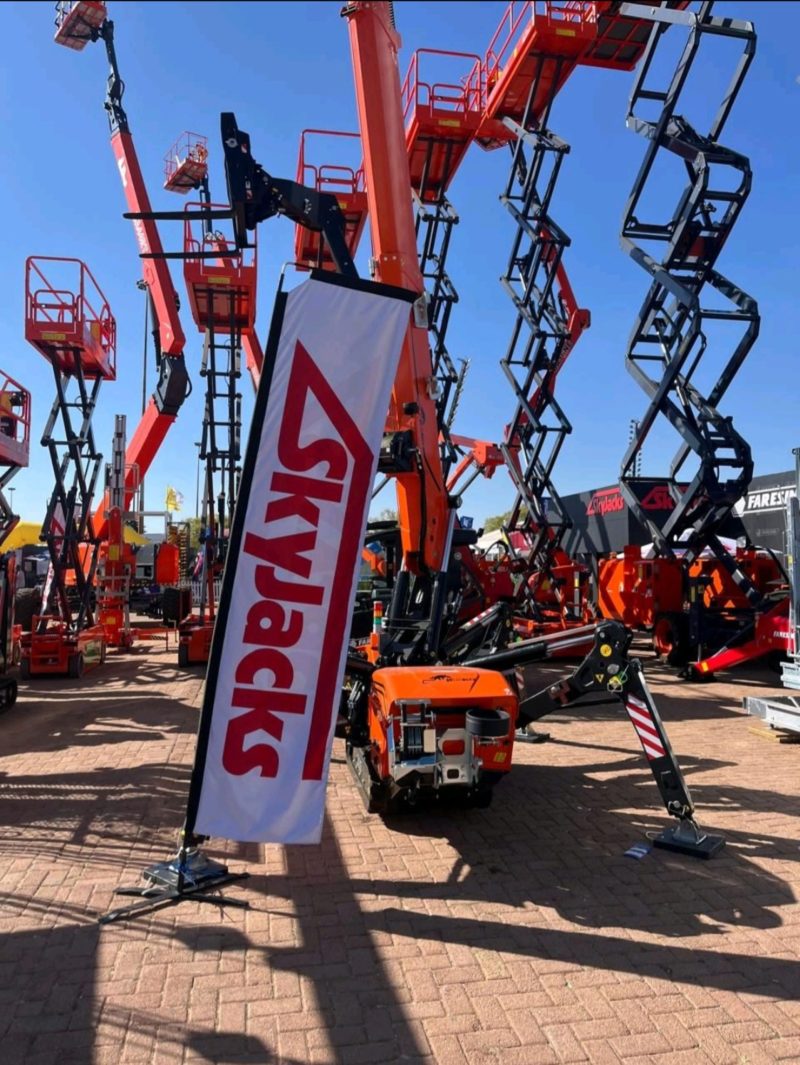Mining Other

How decarbonisation is driving innovation in African mining finance

In recent years global interest in nuclear power has seen a notable resurgence. This renewed focus is largely driven by the urgent need to reduce carbon emissions and combat climate change. As countries seek reliable, low-carbon energy sources, nuclear power is increasingly seen as a viable solution that can provide stable baseload electricity while complementing intermittent renewable sources like wind and solar.
Several nations, including China, India, and Russia, are expanding their nuclear energy programmes, while others like France, the United Kingdom, and the United States are investing in modernising existing reactors and developing next-generation technologies such as small modular reactors. These newer designs promise enhanced safety, lower costs, and greater scalability.
In Europe, the energy crisis triggered by geopolitical tensions, particularly the war in Ukraine, has highlighted the vulnerability of fossil fuel dependence, prompting several governments to reconsider or delay nuclear phase-outs. Japan, once cautious after the 2011 Fukushima disaster, is also restarting reactors to ensure long term energy security.
Public opinion is also gradually shifting, with growing awareness of the role nuclear energy will likely play in a sustainable future. While challenges remain, such as waste management, cost, and regulatory hurdles, the global trajectory suggests a steady revival of nuclear power in the coming decades.
As global demand for nuclear energy rises, so too does the need for uranium, the critical fuel used in nuclear reactors. This growing demand is driving increased uranium exploration and mining across Africa, a continent rich in untapped mineral resources. Evidence of such demand can be seen in the European Union’s recent increase in financial and technical support for African mining. In June of this year the EU Commission named four African projects as part of its Critical Raw Materials Act, with such projects focusing on various aspects of the raw materials value chain, including mining and processing with a view to diversifying the EU’s sources of supply and boosting local value creation in the named countries. Several African nations, including Niger, Namibia, South Africa, Zambia and Tanzania, have significant uranium reserves and are becoming key players in the global supply chain.
Namibia is already one of the world’s largest uranium producers, home to major mines such as Rossing and Husab. With the surge in global demand, new mining projects and expansions are being proposed or fast-tracked. Niger, despite political instability, continues to attract interest due to its high-grade deposits. Countries like Tanzania and Zambia are also exploring opportunities to develop their uranium sectors, encouraged by rising prices and foreign investment.
International mining companies are investing heavily in African uranium projects to secure future supply. Africa’s role in uranium production is poised to grow significantly, making the continent increasingly vital to the global nuclear energy landscape in the decades ahead.
Financing mining projects in Africa has always presented unique challenges due to geopolitical risks, infrastructure limitations, and fluctuating commodity markets. In recent years, however, royalty and streaming finance facilities have emerged both as being complimentary with, and an alternative to, traditional debt and equity financing.
Traditional non-recourse or limited recourse project finance is structured to allow debt and equity to be used to fund the construction of a project and those funding sources are then repaid from the project’s cash flows. This structure is popular for capital intensive projects like mining especially in African countries where mining projects often require bundled infrastructure such as power, roads and water to be funded within a project structure. However, project finance is associated with relatively high costs as it is popular with multilateral development finance institutions who often insist upon very comprehensive due diligence, high governance standards and provide secured facilities which can incur high registration fees and significant amounts of stamp duty. It is not uncommon across African jurisdictions for security registration fees to be calculated by reference to the amount of the secured obligation they relate to, which can amount to millions of dollars of registration fees for high value projects.
By contrast royalties and streams are usually unsecured. These instruments offer miners upfront capital in exchange for a share of future production or revenue, reducing upfront financial burdens and helping projects move forward, especially in early development stages where a project is not yet fully operational.
Royalty financing involves a mining company receiving funds in return for agreeing to pay the financier a percentage of future revenue or production from the mine. This model allows companies to retain operational control while avoiding the dilution of equity or restrictive loan terms. In Africa, where junior miners often struggle to secure conventional financing, royalties have become a valuable tool, enabling projects to reach production faster and importantly make repayments later (as unlike traditional debt finance, repayments typically begin once the project is generating cash flow).
Streaming finance is similar but involves selling a portion of the mine’s future output, typically at a fixed, discounted price. This guarantees the financier access to commodities at below-market rates while providing the mining company with capital. Streaming deals are particularly attractive in precious metals and uranium markets, where long-term price forecasts remain strong. They also appeal to investors seeking exposure to commodity prices without the operational risks of mine ownership.
The rise of these financing models together with various bespoke hybrid structures combining royalty, streaming or mezzanine finance with senior debt reflects the growing sophistication of African mining finance. Governments and regulators are increasingly recognizing royalties and streams as legitimate financing tools, integrating them into mining codes and legal frameworks.
Royalties and streaming finance facilities are playing an important role in unlocking Africa’s vast mineral wealth, including uranium and battery metals. While not without risks, these models provide flexible, upfront capital that is essential for developing the continent’s mining sector in a way that balances investor returns with national development goals. It is often said that necessity is the mother of invention and the emergence of new funding structures in the African mining sector is an example of the kind of second-order consequence that has resulted from the world’s renewed interest in nuclear power.
Nick Davis is co-managing partner, Conrad Purcell is a partner and Kayley Rousell an associate with international law firm Haynes Boone in London.




